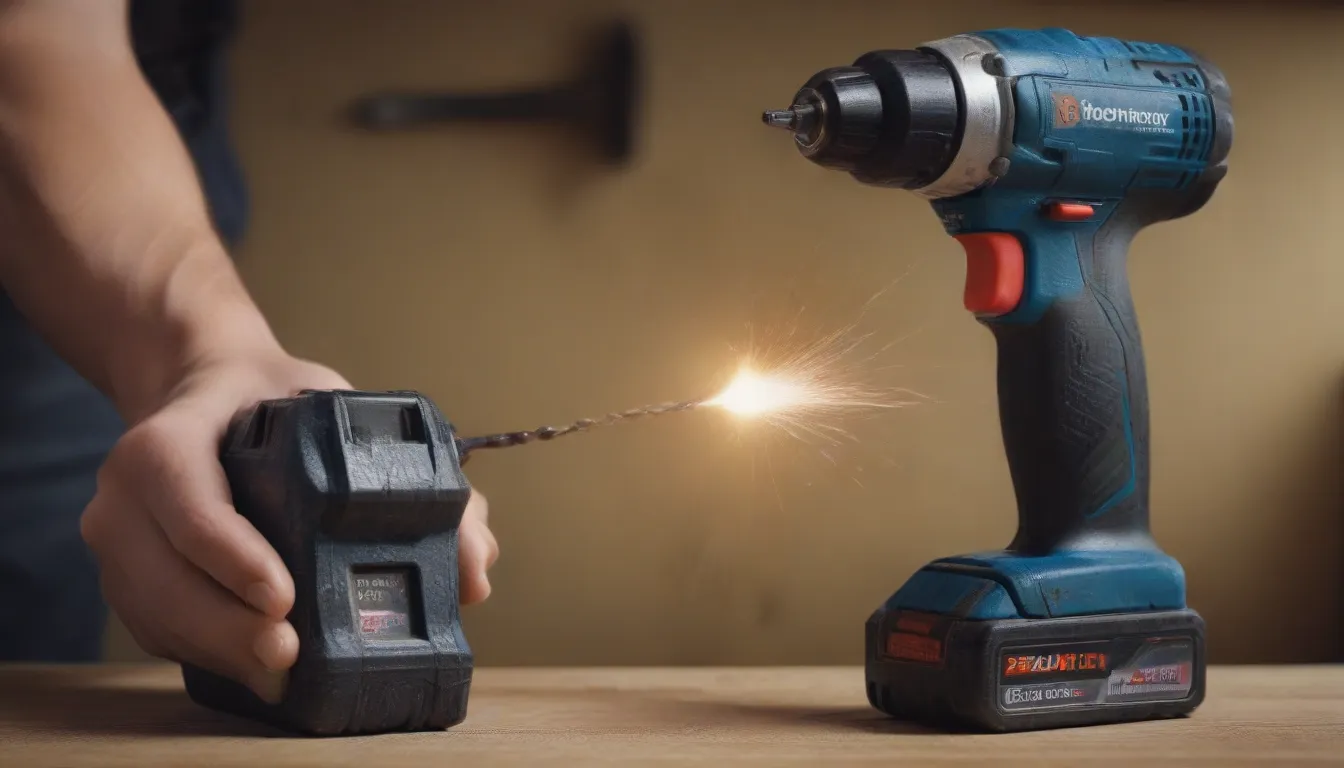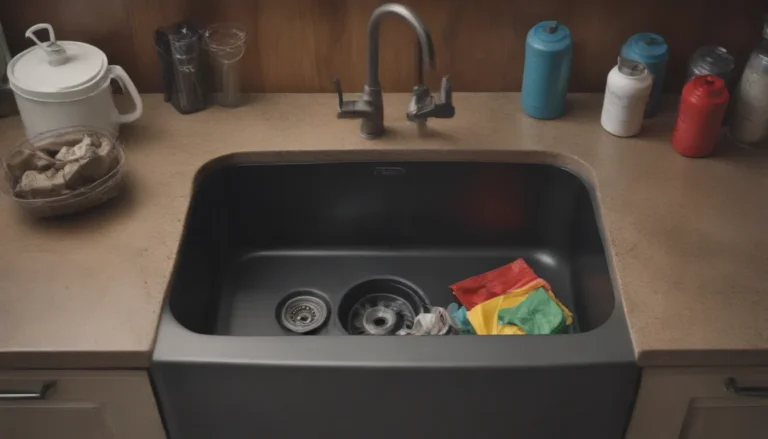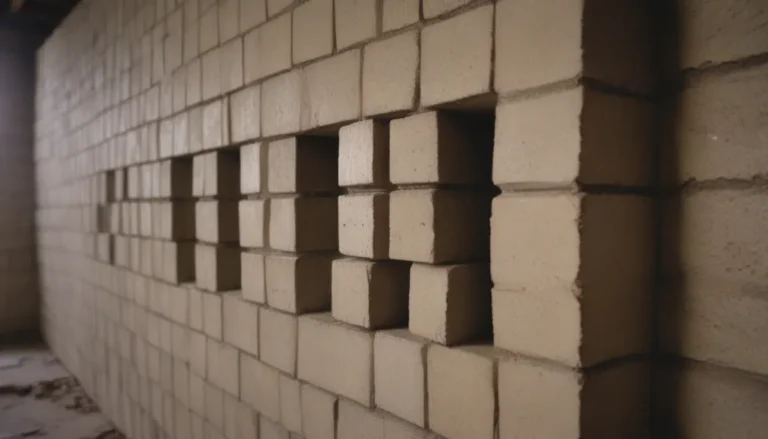Hammer Drill vs. Impact Driver: Everything You Need to Know

Welcome to our in-depth guide on hammer drills vs. impact drivers! If you’re a DIY enthusiast or a professional in the construction industry, you’ve probably come across these two tools and wondered which one is right for your project. In this article, we’ll break down the key differences between hammer drills and impact drivers, discuss their uses, and help you decide which tool is best suited for your needs.
Understanding Hammer Drills
Let’s start by looking at what a hammer drill actually is. A hammer drill operates similarly to a standard drill, but with the added benefit of a hammering motion directed at the back of the bit. This unique feature enables a hammer drill to drill into hard materials like brick, cinderblock, and solid concrete by chipping away at the material as the bit rotates. If you’re in the market for a reliable hammer drill, you can expect to pay around $200 to $300 for a cordless model with batteries and a case.
All About Impact Drivers
On the other hand, an impact driver is a drill-like tool that combines rotational force with impactful torque to make driving large fasteners a breeze. Impact drivers are great for tasks that require immense torque, such as driving large fasteners into dense, hard materials. A cordless impact driver from a reputable brand can typically be purchased for around $100 to $200. If you’re looking to save money, consider buying a drill/driver set that includes both a standard drill and an impact driver, along with essential accessories like batteries and a charger.
Key Differences Between Hammer Drills and Impact Drivers
While hammer drills and impact drivers may look similar at first glance, they serve distinct purposes and are better suited for different types of projects. Here are some of the key differences between the two tools:
- Mechanics: Hammer drills utilize a hammering motion in addition to rotation, while impact drivers combine rotational force with impactful torque.
- Purpose: Hammer drills are designed for drilling into hard materials like masonry and tile, while impact drivers excel at driving large fasteners with ease.
- Size: Impact drivers are typically smaller and more compact, making them ideal for working in tight spaces and overhead.
- Bit Compatibility: Hammer drills and impact drivers require specific types of drill bits for optimal performance. Make sure to check for bit compatibility when using these tools.
Pros and Cons
To help you make an informed decision, here are some of the pros and cons of both hammer drills and impact drivers:
Impact Driver
- Pros:
- Great for driving fasteners.
- Compact size ideal for tight areas.
- Easy on wrists, arms, and hands.
- Cons:
- Can chip hard, brittle materials.
- Requires impact-ready bits.
Hammer Drill
- Pros:
- Ideal for drilling hard materials.
- Often equipped with features of a standard drill.
- Cons:
- Not great for driving fasteners.
- Larger size may be cumbersome in tight spaces.
When to Use Each Tool
Now that you understand the differences between hammer drills and impact drivers, let’s explore when to use each tool based on their specific capabilities:
Impact Driver Uses
- Driving large fasteners into dense, hard materials.
- Projects requiring immense torque for efficient fastener installation.
- Tasks where comfort and ease of use are key factors.
Hammer Drill Uses
- Boring holes in hard materials like concrete, brick, and cinderblock.
- Projects that necessitate drilling into tough surfaces that a standard drill cannot handle.
- Jobs that require precision drilling and material removal.
Tip: The Right Tool for the Job
Remember, impact drivers and hammer drills have distinct purposes, and it’s essential to choose the right tool for the job. While both tools may seem similar, their unique mechanics and features make them better suited for specific tasks. Always check for bit compatibility to ensure optimal performance from your hammer drill or impact driver.
Final Thoughts
In conclusion, when it comes to choosing between a hammer drill and an impact driver, it all boils down to the nature of your project and the tasks at hand. Whether you opt for a hammer drill for drilling into hard materials or an impact driver for driving large fasteners, having the right tool for the job will make your work more efficient and effective. Remember to consider the pros and cons of each tool, as well as their specific uses, to determine which one is the best fit for your needs.
We hope this guide has provided you with valuable insights into hammer drills and impact drivers, helping you make an informed decision for your next project. Happy drilling and driving!





